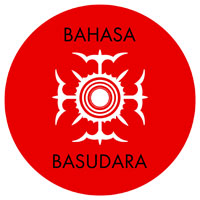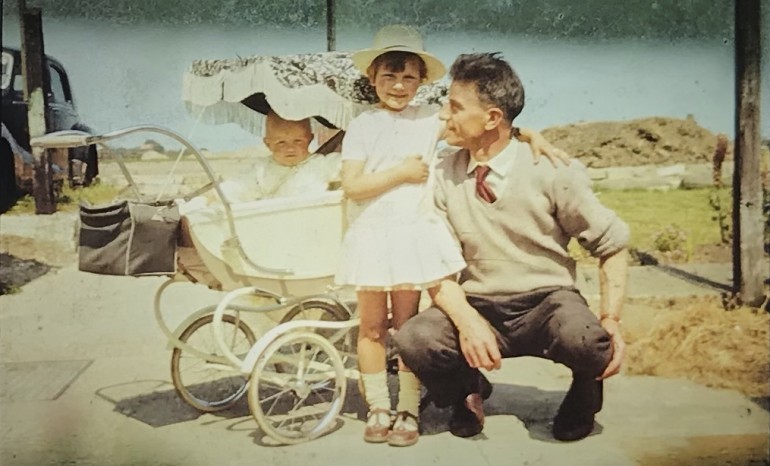My name is Amanda
Johnston and I live in the south of England. I have worked freelance as a
translator for many years from German and French to English.
I have been very
pleased to offer my support as a tutor, since Jeff Malaihollo asked me if I
would be interested in doing so last spring. Although I am not running a class
at present, I hope to do so again in the future. During 2020, I tutored a group
of Pattimura University lecturers in English. The standard was high, of course,
as most of them use English professionally for research and to write and read
academic papers. We were, therefore, able to discuss some interesting subjects. I
also gained insight into the local and national culture of Ambon and
Indonesia.
I am also delighted
to be able to learn Bahasa Indonesia in weekly online classes conducted by the
excellent Language Study Centre of Pattimura University. I have improved a
great deal since June last year when I was a complete beginner.
Indonesia has long
been of interest to me. So, what is my connection with Ambon? I know that many
of my fellow tutors have an association via family and heritage, but for me, the
link is a different one, historical in nature. This is how it came about:
My late father
served in the Royal Air Force during the Second World War. In early 1941 his
squadron was sent to Singapore, which fell to the Japanese while they were en
route there. Their ship was diverted to Oosthaven on Sumatra but this met with the
same fate as Singapore. The squadron ended up on Java, and when the Dutch KNIL forces
capitulated, my father and his cohort became prisoners of war of the
Japanese.
Following initial
drafts in Java, they were shipped to Ambon in 1942, and ended up on Haruku at a
camp near the village of Pelauw. The Japanese wanted to build an airstrip there
for a planned assault on Australia. To achieve this, prisoners of war, along with
local people, had to flatten out a hump of coral using hand tools and baskets.
It was extremely hard manual labour, undertaken on starvation rations and
having to contend with tropical diseases and the brutality of their captors.
Unfortunately, around one-fifth of the 2,000 men on this Haruku draft died in
the first few months, mainly due to a dysentery epidemic. They were buried on a
hillside, but after the war, they were reinterred at the war cemetery in Ambon.
I never really knew
much about this first-hand from my father. He died when I was in my twenties,
and it was some years later that I found out all about it via books written by
survivors. When I first read about this, I could not take in what they had gone
through, and I wondered why my father never spoke about it. I can now
understand that he would not have wanted to relive it.
My father learnt
quite a bit of Ambonese Malay when he was a prisoner of war there. In fact, an
early recollection I have is that he taught me to count to ten in the language.
I always remembered this and it helped me when I started the Bahasa Indonesia
classes last year! He also used to cook nasi goreng now and again, which was
not my favourite dish as a kid, though I love it now!
My overriding
impression is the irony of going through such terrible experiences in a place
that is ostensibly a tropical paradise. I would have loved to hear his
descriptions of Java and the “Moluccas” aside from their grim situation. The
local population were forbidden to help the men, but I am certain they shared
their misery, and some of the books mention that they did try to pass them
food.
Going back to
Bahasa Basudara, I have known Jeff Malaihollo for many years. We were first put
in touch with one another via a mutual connection, and he has kindly helped me
considerably in the past with finding information. His work in Bahasa Basudara
is admirable, to say the least, and I am very proud to be part of this superb
community. Thank you for making me so welcome and for all that you do!


11_105_90.jpg)




_105_90.png)